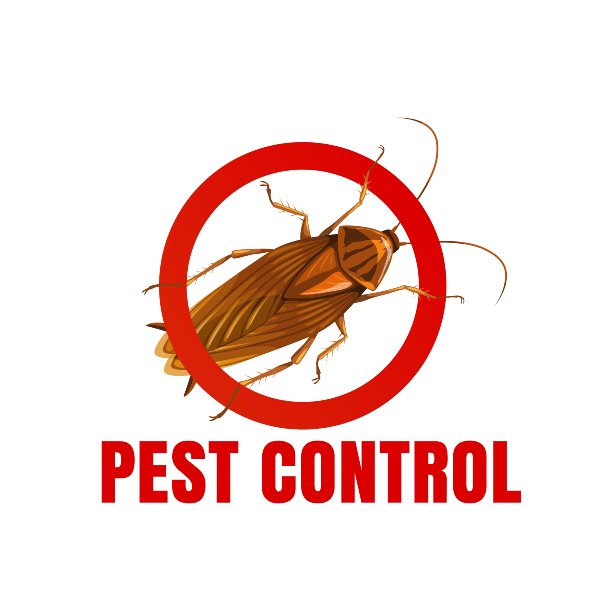Bed Insect Therapy Malfunction: Comparing Chemical Vs. Non-Chemical Solutions
In the world of pest control, especially when dealing with the consistent issue of bed insects, the option in between chemical and non-chemical therapy options can be a pivotal one. Both techniques supply distinct advantages and disadvantages, affecting variables such as effectiveness, safety and security factors to consider, and general expense. By examining the nuanced information of each approach, a clearer understanding of which path to go after in attending to a bed pest invasion can be achieved.
Effectiveness of Chemical Treatments
Chemical treatments for bed pest infestations have been widely identified for their fast and potent effectiveness in removing these pests. When thinking about the efficiency of chemical therapies, it is essential to comprehend that they can offer a detailed and fast solution to a bed insect problem.
In addition, chemical treatments have the advantage of using recurring effects, suggesting that they can remain to get rid of bed bugs also after the initial application. This residual activity is specifically helpful in combating any possible re-infestations. Additionally, the rapid activity of chemical treatments can bring alleviation to individuals facing extreme bed bug problems, allowing them to restore control of their home quickly.
Safety Worry About Chemical Solutions
One important element that requires mindful consideration when utilizing chemical services for bed insect therapy is making certain the security of owners and the environment. Exposure to certain chemicals utilized in bed pest treatments can lead to breathing issues, skin irritability, or other damaging responses, specifically in individuals with pre-existing problems or sensitivities.
Additionally, the ecological effect of chemical solutions is one more substantial consideration. Some chemicals utilized in bed insect therapies may be damaging to useful insects, wildlife, and ecosystems if they leach into the dirt or water supply. It is important to utilize chemical therapies sensibly, adhering to safety guidelines, and taking into consideration much less hazardous choices to minimize these threats and ensure the reliable and secure administration of bed pest problems.
Benefits of Non-Chemical Methods
Taking into consideration the possible security issues and ecological impact connected with chemical services for bed bug therapy, discovering non-chemical strategies provides a promising choice with numerous distinctive benefits. Non-chemical therapies are eco friendly, as they do not add to air or water contamination, making them a sustainable selection for insect control.
In addition, non-chemical remedies can be efficient in targeting bed bugs, consisting of hard-to-reach areas where chemical therapies may not penetrate. Methods such as warmth treatment, vacuuming, steam cleansing, and bed mattress coverings supply detailed removal without the use of harmful chemicals. In addition, non-chemical approaches can be less disruptive, calling for very little prep work and allowing for quicker reentry into dealt with areas. On the whole, selecting non-chemical bed pest treatment techniques not only prioritizes safety and security and what is pest control at home environmental management but likewise ensures comprehensive and reliable pest control.
Limitations of Non-Chemical Treatments

In addition, non-chemical treatments frequently call for numerous applications to achieve effective obliteration. This can be lengthy and might not constantly guarantee complete elimination of all bed pests and their eggs, particularly in surprise or hard-to-reach locations.
Furthermore, the success of non-chemical therapies greatly relies on appropriate application and thoroughness, which can be testing for people without professional proficiency. Insufficient application of non-chemical techniques might result in insufficient obliteration, leading to persistent invasions and the need for added therapies.
For that reason, while non-chemical treatments have their advantages, it is necessary to recognize these limitations and consider them when identifying the most efficient strategy for handling bed insect invasions.
Expense Comparison: Chemical Vs. Non-Chemical Options
Given the restrictions related to non-chemical treatments, a crucial aspect to review in the context of bed pest monitoring is the price contrast between chemical and non-chemical options. Chemical therapies generally involve you could try these out the application of pesticides by specialists, which can vary from $250 to $900 per area, depending on the severity of the problem and the dimension of the area to be treated. On the other hand, non-chemical therapies like warm treatment or steam can be extra costly, with expenses ranging from $1,000 to $6,000 for a whole home. While the preliminary cost of chemical therapies may seem lower, several therapies might be required to completely get rid of the invasion, possibly enhancing the total expense. On the other hand, non-chemical alternatives might give a much more sustainable and environment-friendly remedy, although they can be cost-prohibitive for some individuals. Ultimately, when taking into consideration the expense of bed bug treatment alternatives, it is necessary to weigh the in advance expenditures versus the effectiveness and lasting sustainability of the chosen approach.
Verdict

Taking into consideration the potential security concerns and ecological impact connected with chemical remedies for bed bug treatment, discovering non-chemical approaches provides an appealing option with a number of unique benefits.Given the constraints linked with non-chemical treatments, a vital aspect to assess in the context of bed insect monitoring is the cost comparison in between chemical and non-chemical choices. In comparison, non-chemical therapies like warmth therapy or vapor can be a lot more pricey, with costs ranging from $1,000 to $6,000 for an entire home. While the initial expense of chemical treatments may seem lower, multiple treatments might be required to completely remove the invasion, possibly boosting the overall price.In conclusion, when comparing chemical and non-chemical bed bug therapy alternatives, it is crucial to consider effectiveness, safety, advantages, constraints, and price.